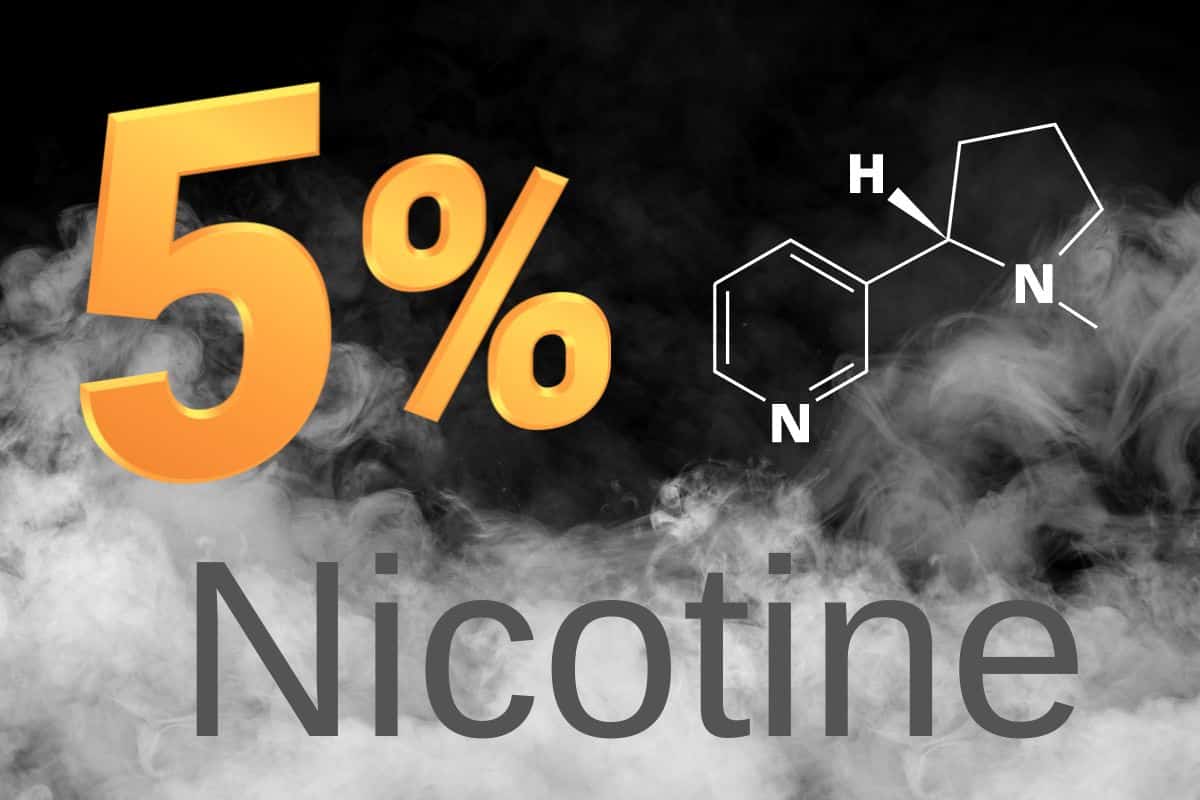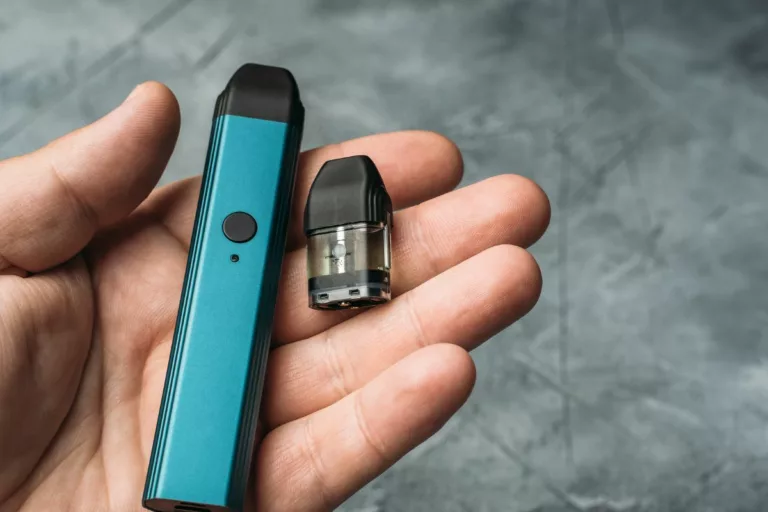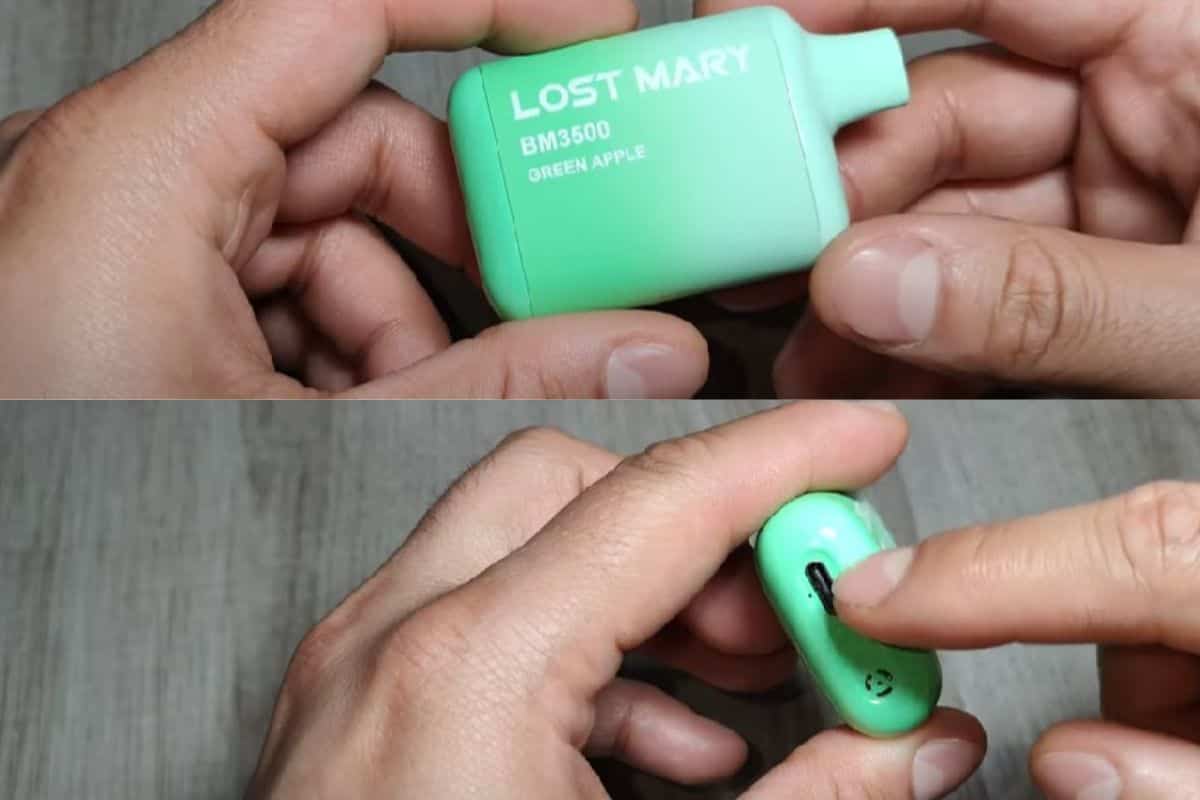Is 5 Nicotine a Lot? Unraveling the Truth for Vape Users
The topic of nicotine concentration in vaping products has garnered significant attention in recent years as the popularity of electronic cigarettes and alternative nicotine delivery systems has grown. One common measure of nicotine concentration is expressed as a percentage, with 5% nicotine often being a point of discussion among users and experts alike. In order to understand whether 5% nicotine is considered a lot, it’s essential to have a clear understanding of how nicotine levels are measured and the implications of various concentrations.
Nicotine levels in vaping products are often measured in milligrams per milliliter (mg/mL) or by percentages where 5% equates to 50 mg/mL. This means that for every milliliter of e-liquid, there are 50 milligrams of nicotine. There is a wide range of nicotine concentrations available in the market, with nicotine salts commonly offering higher percentages up to 5% while other e-liquids may vary from 0 to 2.4%. It is crucial for users to be aware of the nicotine strength in their chosen products, as it can influence their vaping experience and potential addiction levels.
When comparing 5% nicotine to other concentrations, it is considered to be on the higher end of the spectrum. For example, traditional cigarettes contain about 1 mg to 3 mg of nicotine per cigarette, whereas a 5% nicotine concentration in a vaping product delivers a more substantial dose. This is important to consider for users who are transitioning from smoking to vaping or for those who are trying to reduce their nicotine dependency. Ultimately, the perception of whether 5% nicotine is a lot may vary among individuals, but it is vital to acknowledge the potential risks and effects it may have on one’s health.
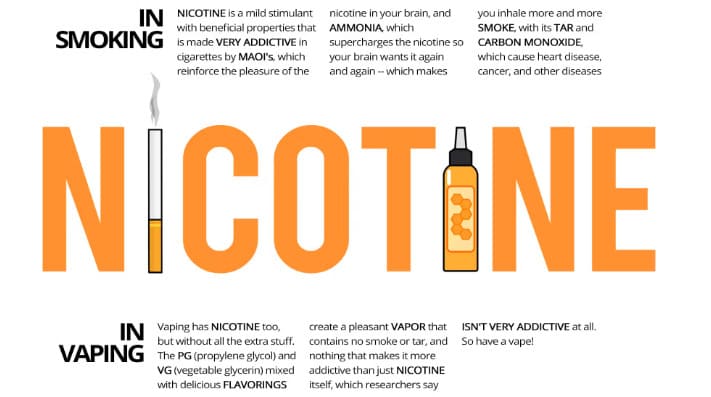
Table of Contents
Nicotine in Cigarettes Vs Vaping
Cigarettes and vaping both deliver nicotine, the addictive substance found in tobacco products. However, the consumption methods and overall experience of smoking cigarettes and using vape devices differ significantly. In cigarettes, nicotine is accompanied by tar and other harmful chemicals generated during combustion. On the other hand, vaping usually involves the inhalation of aerosolized liquid containing nicotine, often with fewer harmful components.
Traditional cigarettes contain more than just nicotine. Along with the nicotine, a smoker of a pack of 20 cigarettes inhales thousands of other chemicals, including tar and toxic substances. The amount of nicotine in a cigarette can vary, depending on the brand and type of tobacco used. In general, a single cigarette typically contains around 1 to 2 milligrams of nicotine.
Vaping, as an alternative to smoking, has gained popularity in recent years. Vape devices like NJOY and JUUL allow users to consume nicotine without the combustion and resulting tar and toxic chemicals found in traditional cigarettes. The nicotine levels in vape products can vary widely, with options for users ranging from low to high concentrations. An e-liquid or vape pod’s nicotine content can be measured in milligrams per milliliter (mg/mL) or by percentages such as 3%, 5%, or even higher.
For instance, disposable vape devices like Elf Bars come with a specific amount of nicotine. The number of puffs or the lifespan of Elf Bars depends on factors like usage habits and the device’s capacity. As a comparison, a 5% nicotine concentration in vape products is considered relatively high, comparable to smoking a strong cigarette or more than a pack of cigarettes.
While vaping is often seen as a less harmful alternative to smoking, it is essential to remember that nicotine itself is still an addictive substance, and its long-term effects should be considered before engaging in either activity. Users must remain cautious of their nicotine consumption regardless of whether they are smoking traditional cigarettes or using vape devices.
NEW CUSTOMER DISCOUNT
Save 15%
15% OFF YOUR ENTIRE ORDER FOR NEW CUSTOMERS USE CODE WELCOME15!
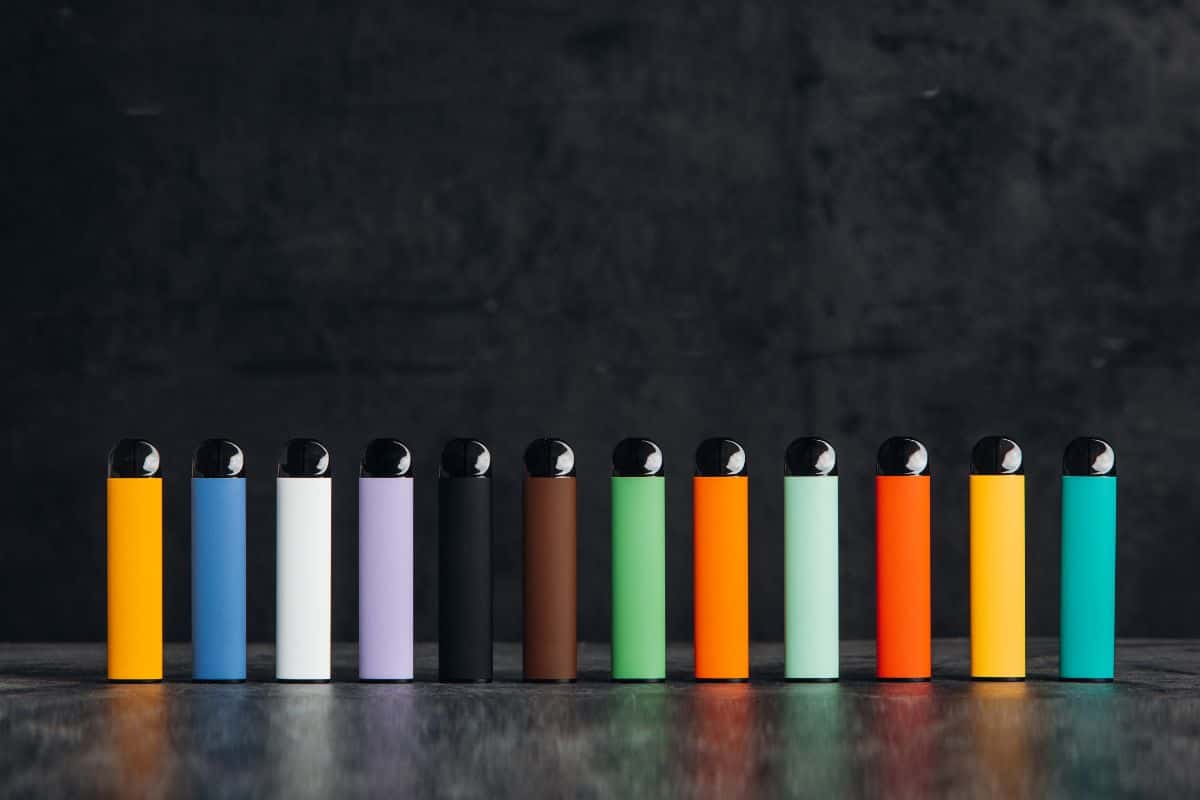
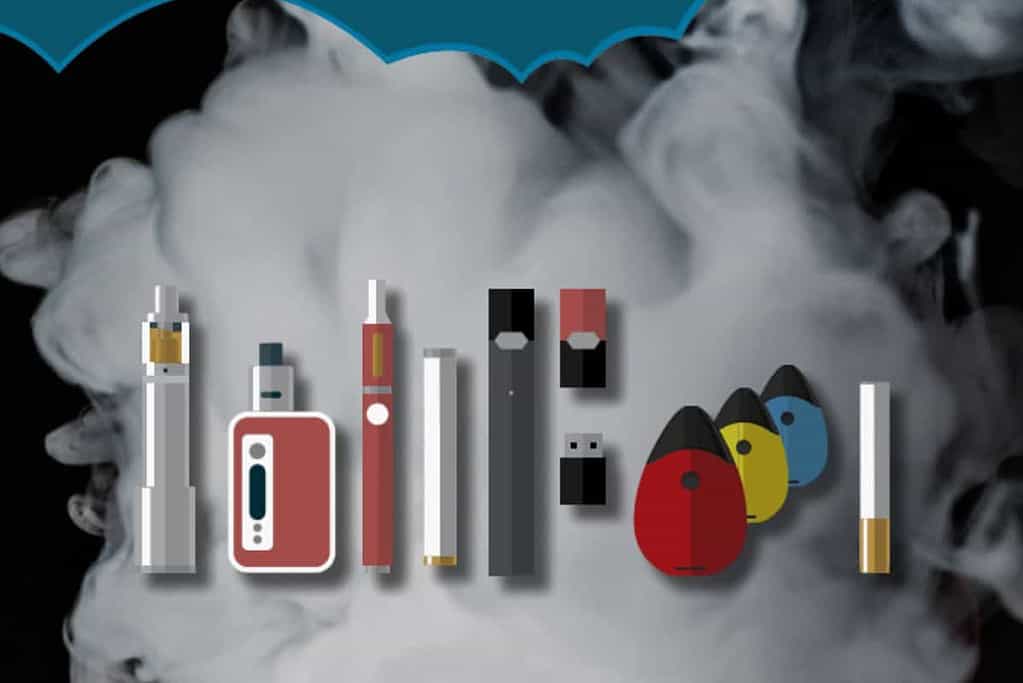
Understanding Vaping Devices and E-Liquids
Vaping has become increasingly popular in recent years, with a variety of devices and e-liquids available on the market. One key aspect of vaping is understanding the vaping devices and e-liquids, as well as the nicotine concentrations used in them.
There are several types of vaping devices, including vape pens, pod systems, and e-cigarettes. Vape pens are often cylindrical in shape and contain a battery, a heating element, and a tank to hold the e-liquid. Pod systems, on the other hand, are compact devices that use disposable or refillable pods containing e-liquid. E-cigarettes are similar to vape pens but often resemble traditional cigarettes in appearance.
E-liquids, also known as vape juice or e-juice, are the liquids used in these devices to produce vapor. They typically consist of propylene glycol, vegetable glycerin, flavorings, and nicotine. Nicotine content in e-liquids varies, with some vape juices containing no nicotine and others having concentrations up to 5% or higher.
Regarding the question of whether 5% nicotine is a lot, it’s essential to understand that nicotine concentrations in e-liquids are commonly expressed as percentages (e.g., 0.3%, 0.6%, 1.2%, 2.4%, or 5%) or in milligrams per milliliter (e.g., 3 mg/mL, 6 mg/mL, 12 mg/mL, 24 mg/mL, or 50 mg/mL). A 5% nicotine concentration equates to 50 mg/mL, which is considered high compared to the lower concentrations commonly seen.
Pod vapes and other vaping products with high nicotine concentrations often appeal to heavy smokers transitioning from traditional cigarettes. However, they may not be suitable for new vapers or those sensitive to nicotine. It’s important for each individual to determine their preferred nicotine concentration based on personal preferences and needs.
When selecting a vaping device and e-liquid, it’s crucial to buy vapes online or from reputable retailers to ensure the authenticity and quality of the products. This helps to avoid potential health risks associated with counterfeit vaping products. By being well-informed about vaping devices, e-liquids, and nicotine concentrations, vapers can make conscious choices about their vaping experience.
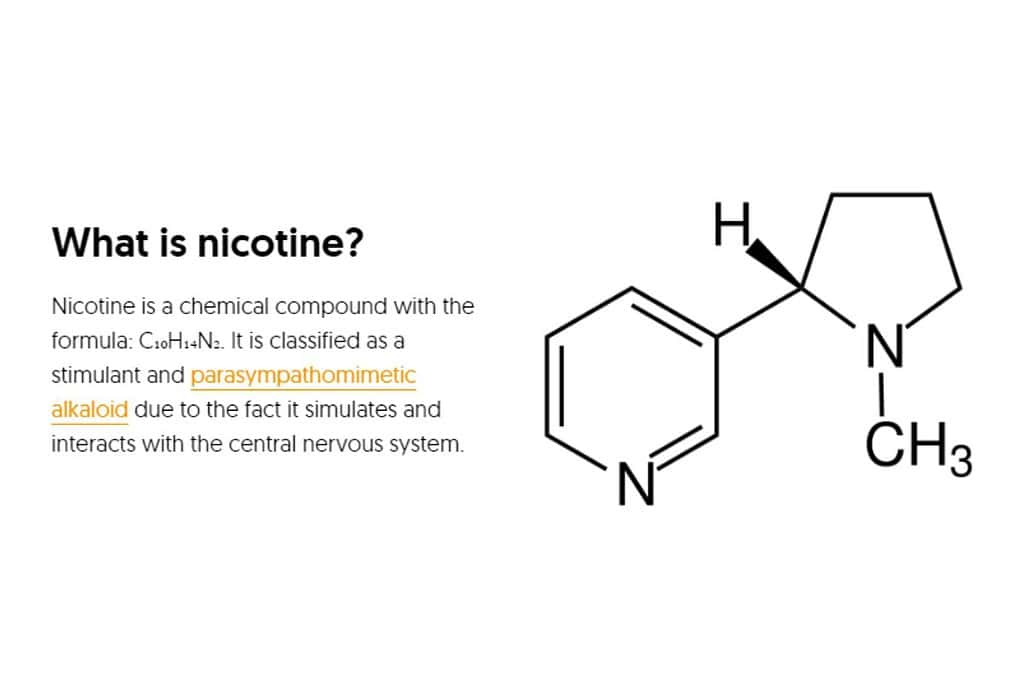
The Science of Nicotine
Nicotine is an addictive chemical found in tobacco and e-cigarette products. It occurs in two forms, freebase nicotine and nicotine salts. In e-cigarettes, the nicotine concentration is generally measured in milligrams per milliliter (mg/mL).
Freebase nicotine is the purest form of nicotine and has a higher pH, making it harsher when inhaled. On the other hand, nic salts incorporate benzoic acid to create a smoother vaping experience. The addition of benzoic acid also allows for efficient absorption of nicotine, mimicking the effects of traditional cigarettes.
Nicotine strength in e-liquids varies, with common concentrations ranging from 3 to 24 mg/mL. A 5 mg/mL concentration may not be considered high, as it falls within the lower end of this range. Nonetheless, it is still crucial to assess individual tolerance and to consider the frequency of use, as it determines the overall nicotine intake. For example, someone who takes several puffs throughout the day may consume more nicotine than a person who occasionally vapes.
There has been extensive research on nicotine’s effects on the body, revealing that it stimulates the production of dopamine, leading to feelings of pleasure and satisfaction. For this reason, it is vital for users to be aware of potential dependency. Furthermore, when exposed to nicotine, the body metabolizes the substance in the liver and excretes it through urine. According to a guide on nicotine detection, the duration it stays in the system varies depending on factors such as metabolism and usage frequency.
In conclusion, individual factors such as tolerance, metabolism, and puff frequency, play a significant role in determining if 5 mg/mL nicotine concentration is a lot. Users should consider these aspects when comparing their nicotine intake to the effects they desire.
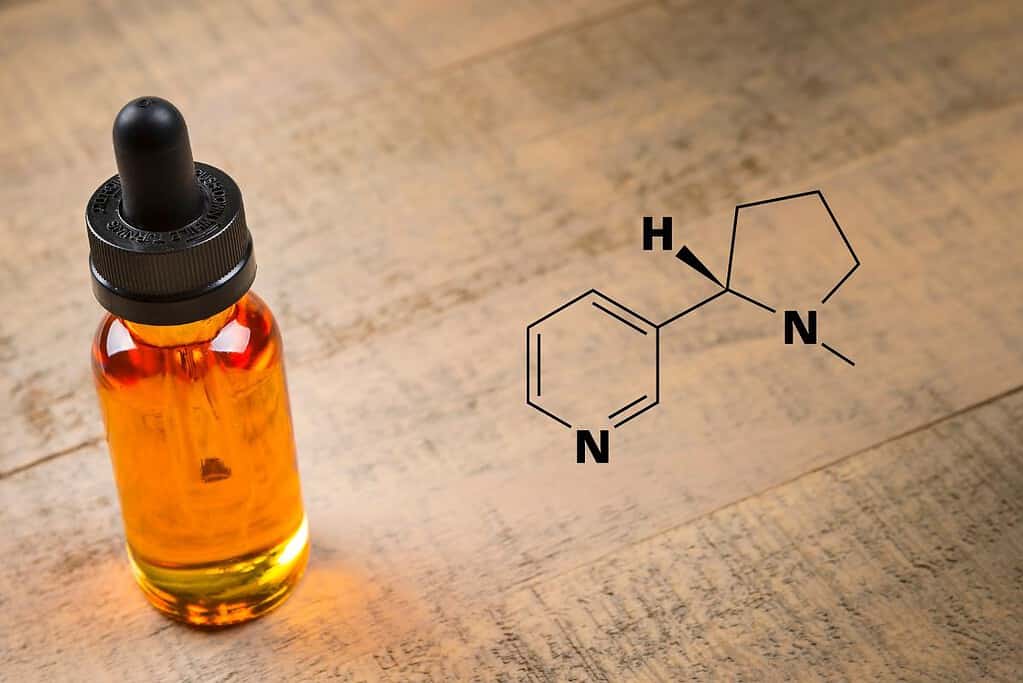
Health Effects and Risks
Nicotine is a highly addictive substance found in cigarettes and other tobacco products. Consuming nicotine can lead to a variety of health effects and risks. When a person smokes, they inhale not only nicotine but also other harmful substances like tar, carbon monoxide, and lead. The combination of these substances increases health risks, such as stroke, heart disease, and respiratory issues.
A 5 mg nicotine level in a cigarette or vaping product might be considered high for some people, especially those who are new to smoking or vaping. However, the health effects and risks associated with nicotine consumption depend on various factors, including individual tolerance and the way nicotine is consumed. In any case, long-term exposure to nicotine can lead to addiction and make it difficult for individuals to quit smoking when they decide to do so.
Smoking can cause fatigue and lethargy, as the toxins in cigarette smoke interfere with the body’s ability to properly use oxygen and produce energy. This results in a feeling of tiredness that many smokers experience. Additionally, nicotine cravings can lead to increased stress levels, which might contribute further to the sensation of fatigue.
For those using electronic nicotine delivery systems (ENDS) or vaping, the health risks may differ from traditional cigarettes. However, vaping is not without its risks. Some studies have shown that vaping might impact blood pressure, but more research is needed to fully understand the relationship between vaping and blood pressure.
In conclusion, consuming 5 mg of nicotine may be considered a lot by some individuals, and it is essential to be aware of the health effects and risks associated with nicotine use. Regardless of the nicotine consumption method, understanding these risks can help individuals make informed decisions about their smoking habits and, if desired, take appropriate steps to quit.
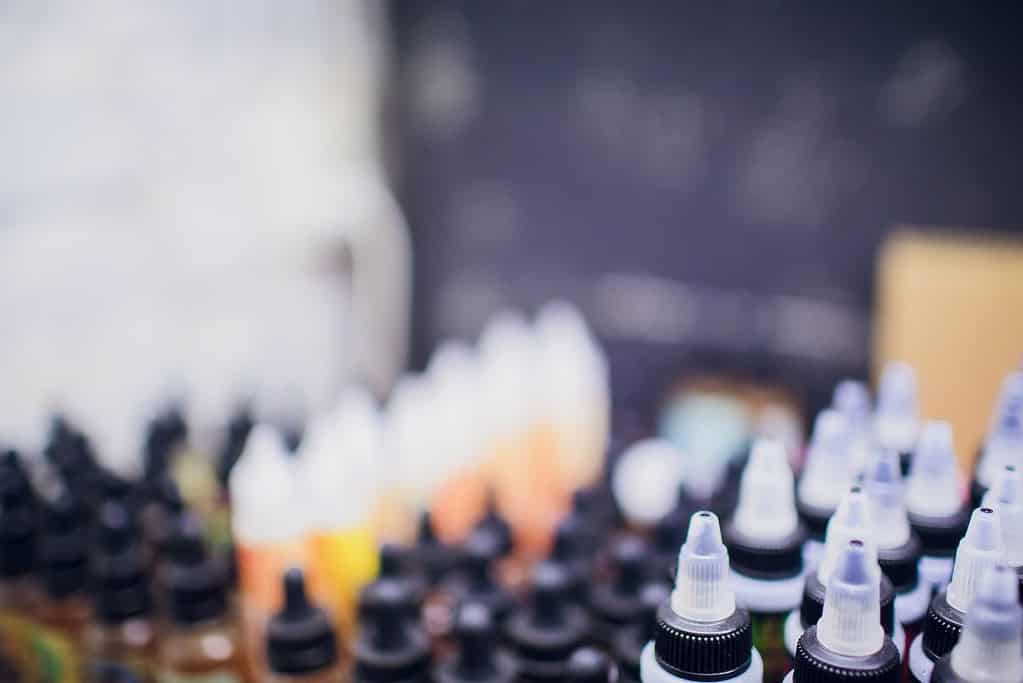
Choosing the Right Nicotine Strength
When it comes to selecting e-liquids or vape pods for electronic cigarettes, determining the appropriate nicotine strength is crucial for a satisfying experience. A 5% nicotine concentration might seem like a lot, but it is essential to understand how it compares to other nicotine levels and if it suits your needs as a smoker.
- For heavy smokers who are trying to transition from traditional cigarettes to electronic ones, a higher nicotine concentration might be beneficial at first. A 5% nicotine content is typically considered strong, as it contains 50 mg of nicotine per milliliter of e-liquid. This level of nicotine may provide a similar experience to smoking a regular cigarette and assist in curbing nicotine cravings.
- However, not all smokers require such high nicotine strengths, and selecting the appropriate nicotine concentration is highly subjective. Lighter smokers or those trying to reduce their overall nicotine intake may prefer a lower nicotine strength. E-liquids and vape pods are available in various nicotine levels ranging from 0% (0 mg/mL) to 5% (50 mg/mL), with intermediate options such as 1.5% (15mg/mL), 3% (30 mg/mL), and 4% (40 mg/mL) for individuals to find the best fit for their needs.
- When choosing the right nicotine strength, it’s essential to assess one’s smoking habits and personal preferences. Some individuals may want to start with a higher nicotine concentration, like 5%, and gradually decrease the nicotine content as they become more comfortable using e-cigarettes. Others may find a lower nicotine level more suitable right away.
In summary, a 5% nicotine concentration can be considered a lot for some individuals, while being the perfect choice for heavy smokers transitioning to electronic cigarettes. It is crucial to choose a nicotine strength tailored to personal smoking habits and preferences to ensure a satisfying experience. Experimenting with different nicotine levels and paying attention to how your body responds will help you find the ideal nicotine concentration.

Beginners Guide to Vaping
Vaping has become a popular alternative to smoking traditional tobacco cigarettes. When you’re new to vaping, it might be a bit overwhelming at first, but knowing the basics can help set you on the right path. In this guide, we will briefly cover the essential components and tips for beginners interested in vaping.
- When starting to vape, it’s crucial to choose the right device. E-cigarettes are available in various styles, including vape pens, mods, and pod systems. Beginners can try different devices to find one that suits their needs. For example, vape pens are typically easy to use, while mods offer more power and customization.
- As a beginner, finding the right vape juice is essential. Vape juices come in various flavors, nicotine strengths, and VG/PG ratios. Beginners are advised to start with a lower nicotine level, such as 5 mg/mL or lower, to avoid having too strong an effect. Nicotine levels higher than 5 mg/mL are considered quite potent and could induce nicotine dependency.
- Understanding how to properly inhale vapor is essential for a satisfactory vaping experience. When first starting, it’s essential to learn how to inhale a vape correctly to avoid coughing and getting too much nicotine.
- Vapers can choose from different types of tanks for their devices. Most e-cigarettes come with a refillable tank, allowing users to switch vape juices quickly. Sub-ohm vaping is more suitable for experienced vapers, as it uses lower resistance coils and higher power to produce more vapor and intense flavors.
- Lastly, maintaining your vaping device is crucial. Regular cleaning and replacing coils will help prolong the life of the device and ensure a better vaping experience overall.
In conclusion, understanding the basics of vaping, such as choosing the right device, vape juice, proper inhalation technique, and device maintenance, will help beginners enjoy a satisfying experience.
Browse popular vape collections:
- Nicotine Disposables
- 2000 Puff Nicotine Disposable Vapes
- 2500 Puff Nicotine Disposable Vapes
- 5000 Puff Nicotine Disposable Vapes
- 6000 Puff Disposable Nicotine Vapes
- 7000 Puff Nicotine Disposable Vapes
- Disposable Vape Deals
- Best Vape Brands
- 8000 Puff Nicotine Disposable Vapes
- 9000 Puff Nicotine Disposable Vapes
- 5% Nicotine Disposable Vapes
- Rechargeable Nicotine Disposable Vapes
- Vape Coils
- Dab Wax Pens
- Dab Wax Pen Battery
- Yocan Vapes
- Vape Cases
Frequently Asked Questions
How much nicotine is in a cigarette?
It is estimated that a standard cigarette contains approximately 10-12 milligrams of nicotine. However, smokers generally only absorb about 1 to 2 milligrams of nicotine per cigarette. The actual amount of nicotine absorbed varies based on factors such as the brand, the smoker’s technique, and individual physiology.
5% nicotine vape vs cigarette
A 5% nicotine vape liquid, also known as a 50 mg/mL concentration, means that there are 50 milligrams of nicotine per milliliter of liquid. Comparing this to a standard cigarette, which contains about 1 to 2 milligrams of nicotine, one might assume that vaping a 5% liquid would deliver a higher nicotine dose. However, it’s essential to consider that the amount of nicotine absorbed from vaping depends on factors such as the vaping device, the length and frequency of puffs, and individual user behavior.
50 mg nicotine equals how many cigarettes?
With 50 mg of nicotine being equivalent to the nicotine content in approximately 25 to 50 cigarettes, it is important to remember that this calculation is based solely on the nicotine content. However, the actual nicotine absorption depends on factors such as smoking behavior and individual physiology.
How much nicotine in one puff of vape?
The amount of nicotine in a single puff of vape depends on the concentration of nicotine in the vape liquid, the vaping device, and the user’s behavior. Generally, a single puff from a vape can deliver between 0.5 to 2 milligrams of nicotine, depending on these factors.
How strong is 5% nicotine?
A 5% nicotine concentration, or 50 mg/mL, is considered a high-strength nicotine concentration for e-liquids. This level is on the higher end of the spectrum and is recommended for heavy or transitioning smokers who require a high nicotine dosage to satisfy their cravings. Lower concentrations, such as 3% or even 0.6%, are considered more suitable for light or occasional smokers.
Is vape with 5 percent nicotine safe?
While vaping may be less harmful than smoking traditional combustible cigarettes, it is not without risks. The long-term health effects of vaping are still not completely understood, and using a high nicotine concentration, such as 5%, can increase the potential for nicotine addiction. It’s essential for those considering vaping as an alternative to smoking to weigh the benefits and risks, consult with a healthcare professional, and use the appropriate nicotine concentration to meet their needs.

